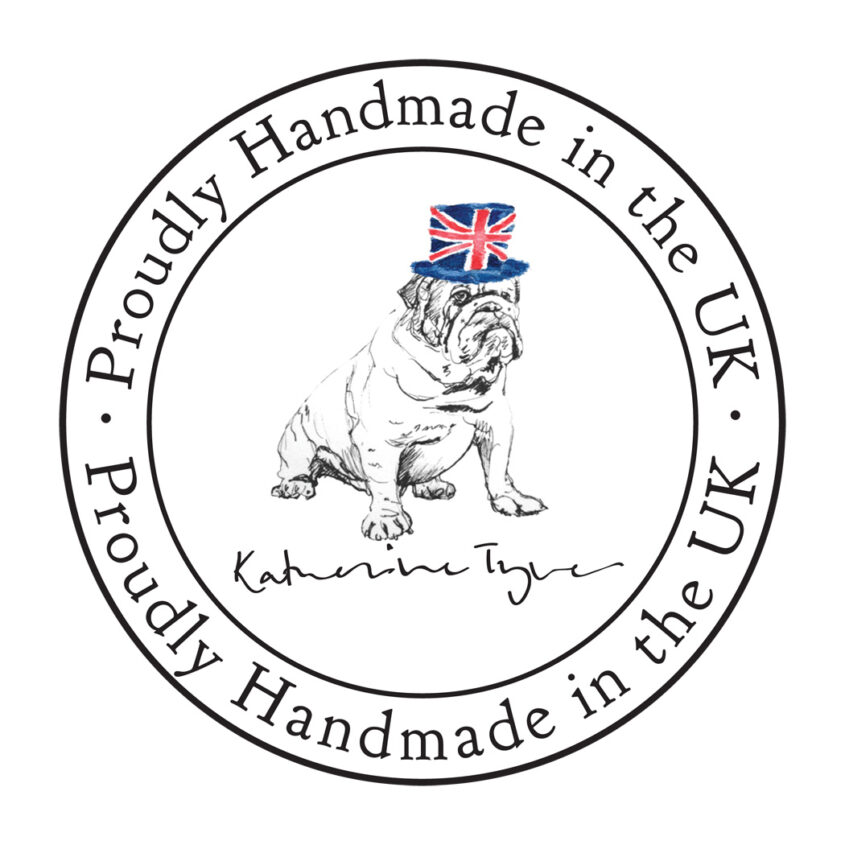First things first, I tend to work from several photos for reference. It is important, if you are looking to paint animals accurately, to research the subject, its variations and its habits. I spend a lot of time browsing books and the internet for reference photos and read about the animal or breed of animal. I am drawn to particular poses that look attractive and capture the character. It usually takes me a long time to find a range of images that will enable me to depict the animal the way I’d like. In this case, I wanted to capture the light-footed grace of the cheetah for this commissioned piece. It is important, as an artist, to work from a range of reference photos, which ensures you do not infringe a photographer’s copyright by directly copying their composition and ideas. It is okay to use photos for reference, so long as you have permission to do so, or provided that the artwork is clearly your interpretation and there are sufficient differences from the original work. I often work from two or three different images and adapt the pose and composition accordingly.
I spend a long time checking my drawing and proportions. I think of drawing any subject as like drawing a map. Each internal shape is a county, which fits beside another county, and the water is the space around the outside. The outside spaces, or negative spaces, are useful shapes to notice. I will not begin painting until I am happy that my proportions are accurate and the different shapes lined up correctly.
I usually begin a watercolour painting with the palest colours. I think of these as the pastel colours. For this painting, I laid a thin wash of yellow and reapplied another layer once this was dry to give a stronger colour. I mixed a brown and applied it to the spots and marks. It is important with watercolour to keep the paint transparent so I use it quite wet and use a large brush to begin with, which holds more water and ensures light and even coverage. Watercolour should only stain the paper, not saturate it.
I added more blue to the brown (to make black) and added stronger black to the spots. I used purple and brown as shadow colours for the yellow and blue/ grey for the whiter areas of coat. I continued to build up the darker colours and pick out the outline of the body with mid brown and grey tones. I use a fine sable brush to do create fine lines, dots and refine details. I finished with the yellow wash of grass under the cheetah.




